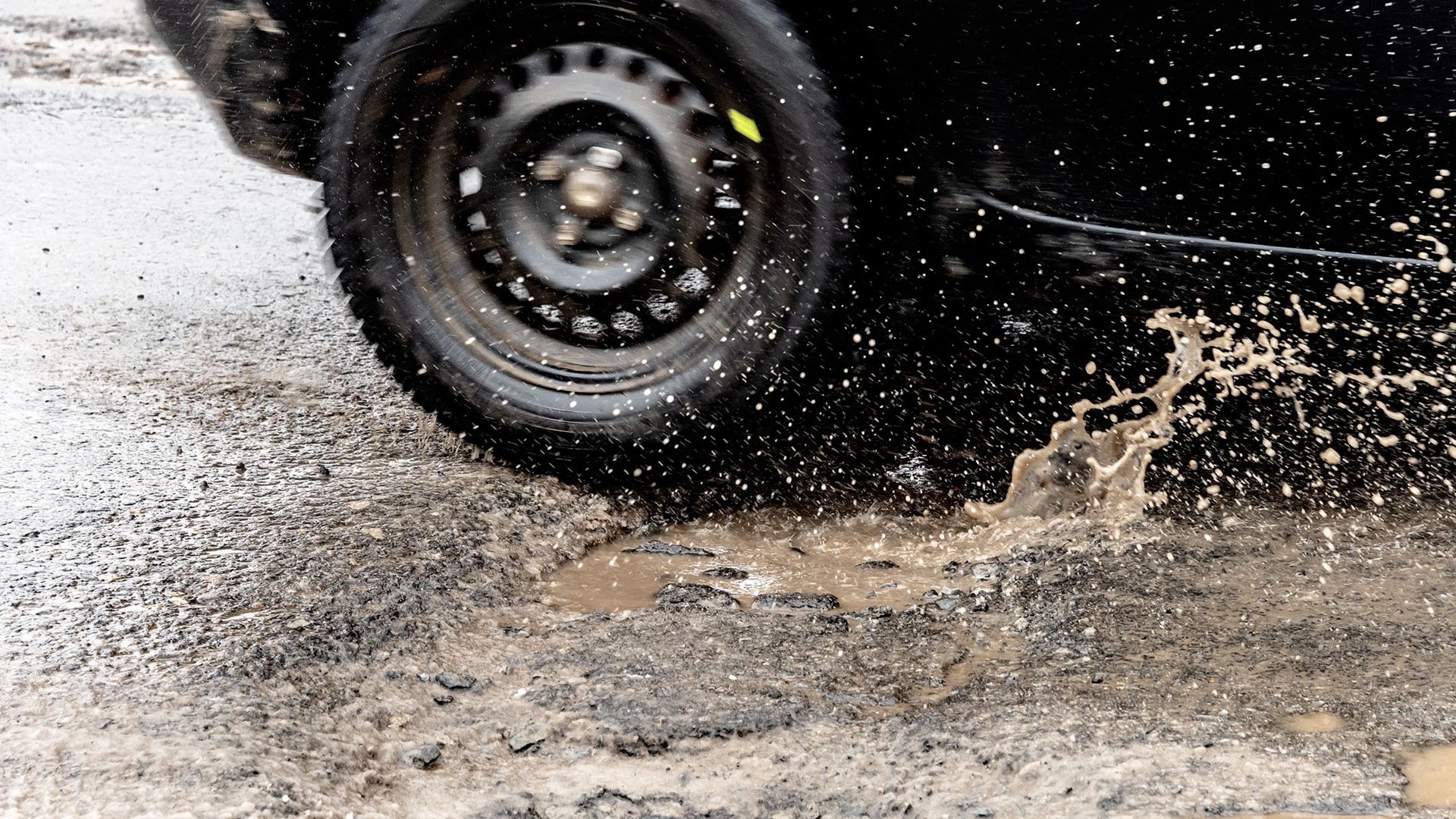Potholes can cause extensive and expensive damage to cars and SUVs, but the costs go well beyond the replacement of rims and tires. The popular combination of large rims and low-profile tires offers precious little sidewall to absorb impact, resulting in a higher incidence of damage.
Giant, gaping craters lie in wait, ready to rock – or wreck – your vehicle’s suspension and alignment; but even small ones can cause premature tire wear, put wheels out of balance, and negatively impact fuel economy. So how does it happen and what can you do about it?
How Do Potholes Form?
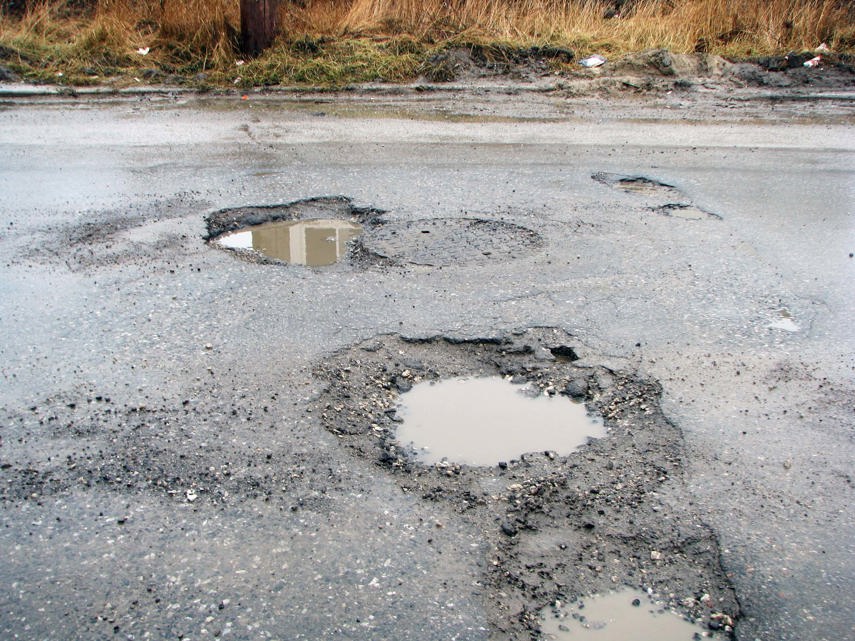
As the temperature rises and drops during the winter, groundwater freezes and thaws, which causes asphalt and concrete to expand and disintegrate. This phenomenon primarily occurs over the winter months, but the effects last all year long.
According to a study conducted by CAA (Canadian Automobile Association) last year, less-than-ideal road conditions cost Canadians upwards of $3 billion annually in additional operating costs – not including damage directly caused by potholes. It also published an infrastructure analysis that rates the country’s worst roads. According to the latest data from 2018, Nova Scotia won the dubious honour of having the highest percentage of both highways and non-highways rated below “Good” condition, which is categorized as having minimal shot-term risks but potential for deterioration.
The cost to simply maintain our roads, as one would imagine, is steep – not to mention replacing or improving. As of February 24, 2022, the City of Toronto had already repaired 11,164 potholes this calendar year. In 2021, the final tally was 120,420. The year 2018 saw the most potholes repaired in the city in recent memory with a total of 244,426. Due to an unexpectedly intense winter, the City of Vancouver spent $720,271 on pothole repair in 2017 at an average cost of $12.50 to $13.50 per hole.
And What About the Pothole Right There?
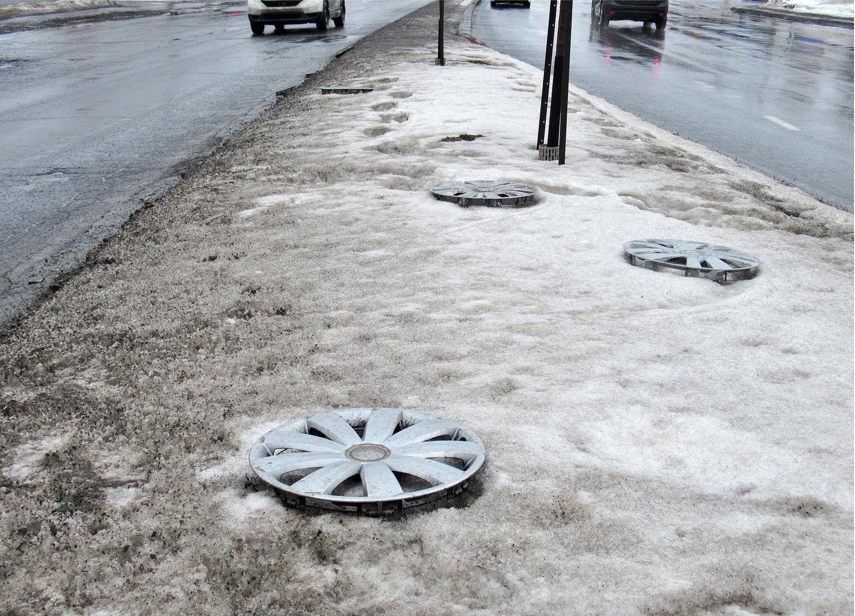
If you’re not able to safely swerve within your lane or slow down and keep a sufficient distance from the vehicle behind you, the best strategy may be to maintain course, brace for impact, and deal with the consequences rather than causing a more significant collision.
If your vehicle happens to come into hard contact with a pothole, it is best to move over onto the shoulder or a side street away from active traffic to safely survey the damage. Check rims for dents or ripples and inspect tires for tears or bubbles. If you see tire or wheel damage, replace it as soon as possible because driving on a damaged rim or tire at speed could prove hazardous.
My Car Needs Repairs, Now What?
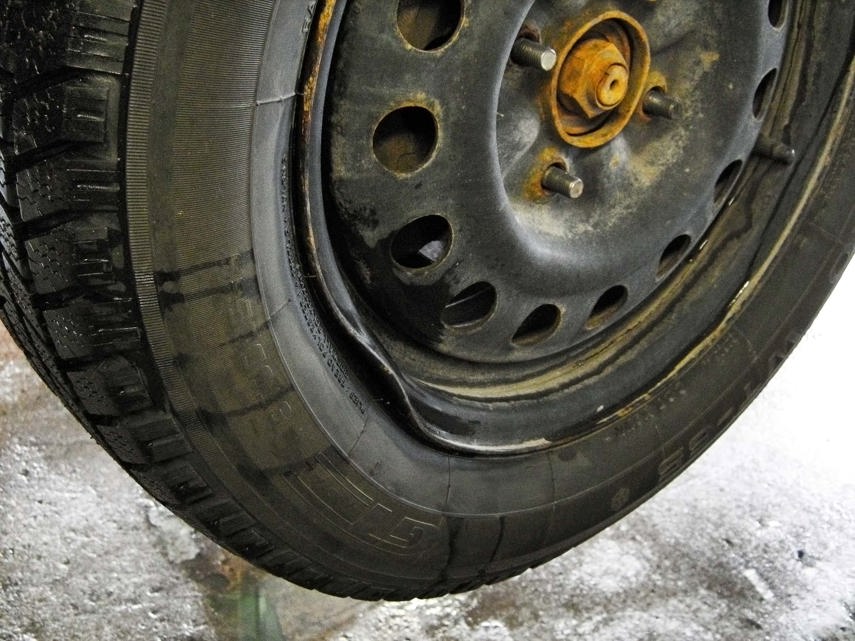
Under certain circumstances, you may be eligible for compensation. Document the time, location, and weather, along with images of the pothole and damages, as well as multiple quotes for repair in order to file a claim for potential reimbursement. This is, of course, if the city or province in question deems said roadway to be below the provincial “Minimum Maintenance Standards for Highways.” You’ll have to file the claim quickly, as some areas require submission within 10 days.
Municipal and provincial employees conduct regular patrols to inspect road conditions, and they rely on the assistance of residents who call in to file reports. Repair priority is given to busier streets with higher speeds where more significant damage could occur. They are obligated to fix holes within four days of notification on busy roads and 30 days on quieter side streets, so you won’t be entitled to compensation if your incident was within those timeframes.
It is important to note that submitting a claim doesn’t guarantee payment and you must be able to prove that the city or province’s negligence was the direct cause of the damage. In order to do that, you’ll have to prove that the pothole in question had already been reported to the authority prior to the incident and that said authority failed to take sufficient action to repair it. You may also want to contact your insurance company for advice on how to proceed. Your coverage may be more extensive than what a municipality will provide, and the brokerage may even seek compensation on your behalf.
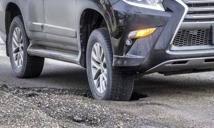
Of course, the ideal situation is to not hit a pothole in the first place. Leaving more room between the vehicle ahead, paying closer attention to the road surface, and ensuring tires are properly inflated may give you the best chances of preventing costly damages. However, limited visibility or poor road conditions may mean that it is simply unavoidable.
